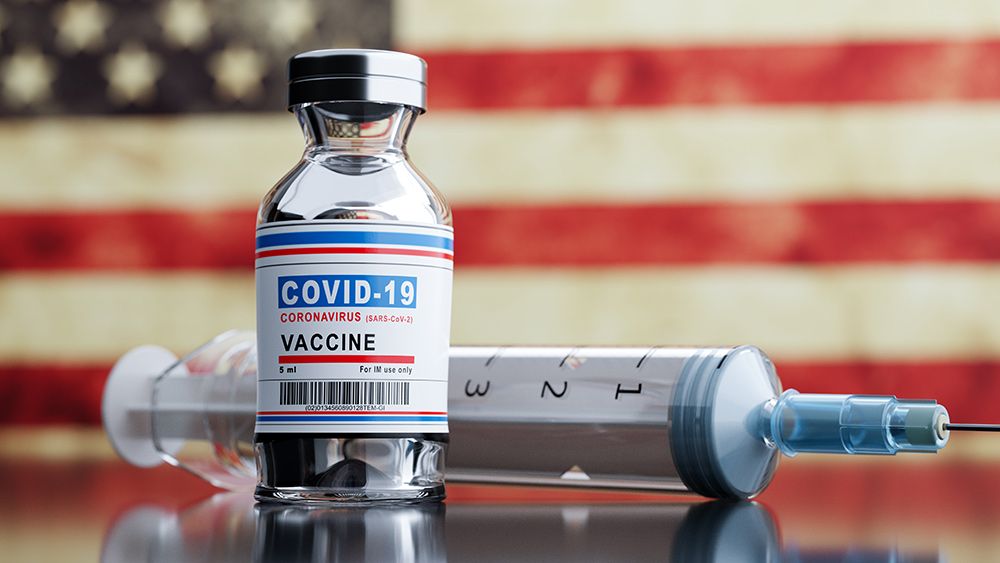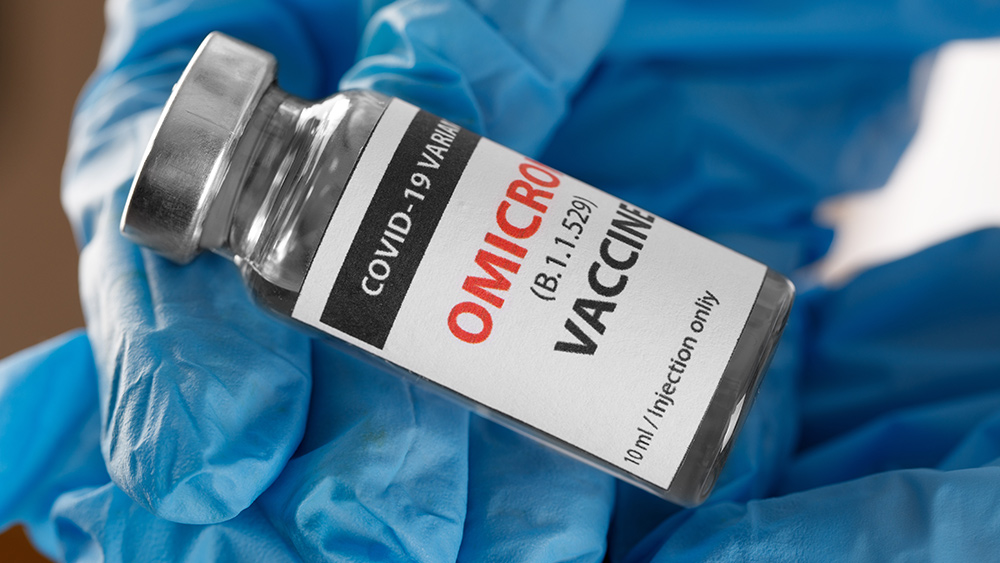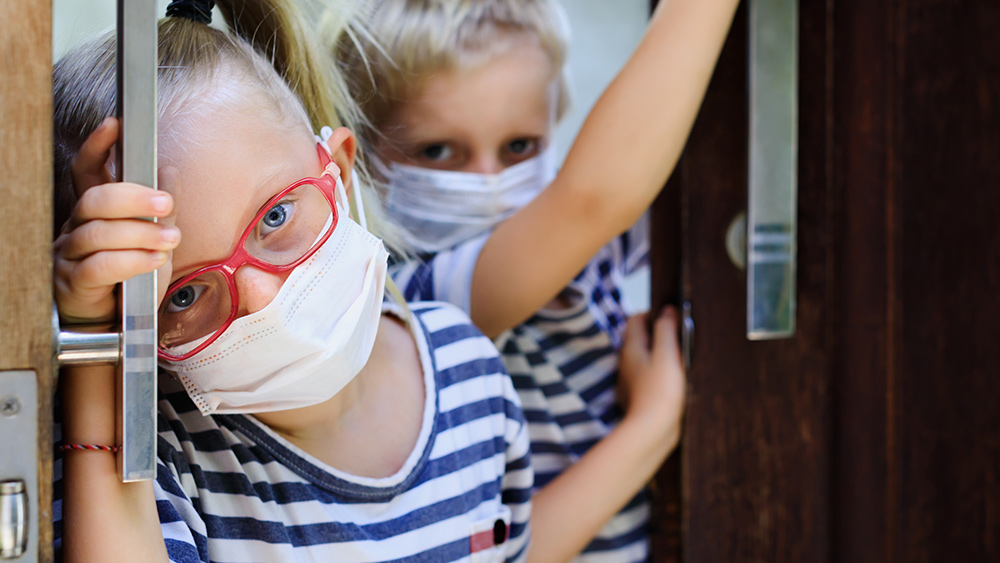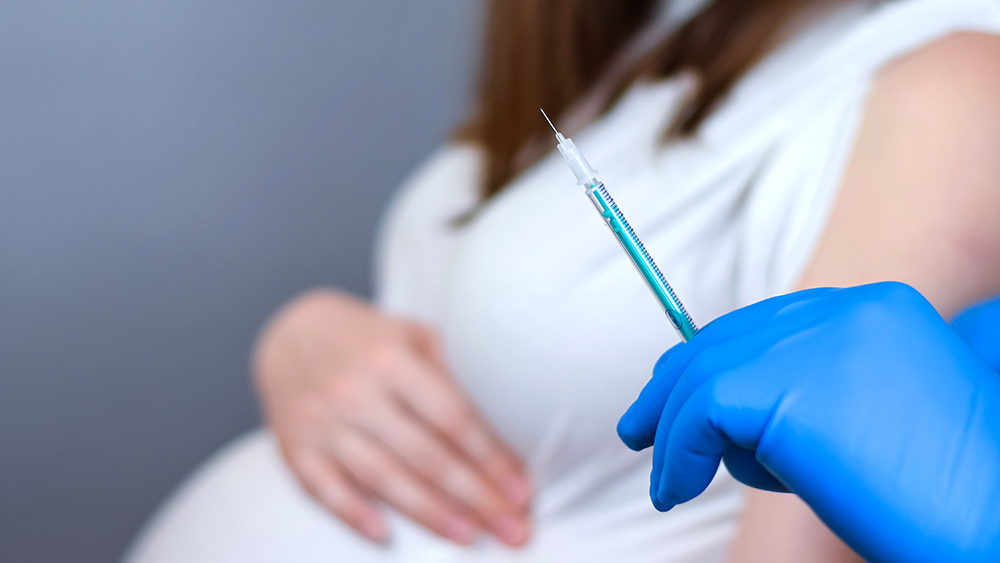Study finds MICROPLASTIC fibers from FACE MASKS lodged in human lungs
04/26/2022 / By Ramon Tomey

Authorities have espoused surgical face masks as a way to address the Wuhan coronavirus (COVID-19) since the pandemic’s onset in 2020. However, a study found that these masks possibly introduced microplastic materials into human lungs.
The study published on March 29 in Science of The Total Environment looked at the lung tissue of 11 patients undergoing thoracic surgery. Using spectroscopy, the study authors analyzed the different kinds of materials present in the samples and found 12 kinds of microplastics.
Of the 12 microplastics found in the samples, polypropylene (PP) and polyethylene terephthalate (PET) were the most prevalent substances. PP consisted of 23 percent of microplastics found in all lung tissue samples, while PET followed at 18 percent. Plastic resin was the third most prevalent at 15 percent.
Furthermore, tissue samples taken from patients’ lower lungs had the highest concentration of microplastics. Some of the microplastic fragments and fibers found measured two millimeters long.
“Human lung tissue samples were typically comprised of PP, PET and resin … with fibers being more prevalent than fragments,” the researchers wrote.
PP fabric, which is most commonly used to make surgical masks, is made from thermoplastic polymers that can be easily handled at high temperatures. Aside from PP, other materials derived from thermoplastic polymers such as polystyrene, polycarbonate, polyethylene or polyester are also used for face masks.
“The abundance of [microplastics] within samples … supports human inhalation as a route of environmental exposure. [They] are designed to be resilient. It had previously been suggested that inhaled [microplastics] are likely to bio-persist and possibly accumulate within a lung environment, showing resilience to degradation,” concluded the study authors.
“The knowledge that [microplastics] are present in human lung tissues can now direct future cytotoxicity research to investigate any health implications associated with [microplastic] inhalation.” (Related: Oxford professor: Face masks are largely pointless, won’t stop the spread of omicron.)
Earlier study also outlines dangers of microplastics in face masks
Hull York Medical School researcher Laura Sadofsky, senior study author of the March 22 paper, said: “We did not expect to find the highest number of particles in the lower regions of the lungs, or particles of the sizes we found. It is surprising, as the airways are smaller in the lower parts of the lungs and we would have expected particles of these sizes to be filtered out or trapped before getting this deep.”
She said the data they found “provides an important advance in the field of air pollution, microplastics and human health.”
In 2021, a group of Chinese researchers looked at the risks of microplastic inhalation connected with wearing face masks. Their study was published in June 2021 in the Journal of Hazardous Materials. The study authors found that while wearing face masks poses a risk of inhaling microplastics, reusing them makes the risk higher.
“Considering poverty and resource reuse behavior worldwide, reusing masks with or without applying a disinfection process is a common practice. Reusing masks after they underwent different disinfection pre-treatment processes can increase the risk of particle and fiber-like microplastic inhalation,” they wrote.
The researchers also found that the type of mask worn and the duration of wear also played a role in how much microplastics were inhaled.
“[Wearing] surgical, cotton, fashion and activated carbon masks pose higher fiber-like microplastic inhalation risk, which all masks generally reduced exposure when used under their supposed time [of less than four hours],” they wrote.
The June 2021 study appeared to endorse N95 masks, with the researchers pointing out that this kind of face-covering “poses less fiber-like microplastic inhalation risk” and “reduces the inhalation risk of spherical type microplastics by 25.5 times compared [to] not wearing a mask.”
Watch this video showing the unsanitary manner surgical face masks are manufactured.
This video is from the Natural Nana channel on Brighteon.com.
More related stories:
Studies highlight the dangers of face masks for children.
Top 8 reasons young children are better off WITHOUT a Wuhan Virus mask on their face.
Sources include:
Submit a correction >>
Tagged Under:
covid-19, discoveries, face masks, lung health, microplastics, pandemic, products, research, surgical masks
This article may contain statements that reflect the opinion of the author




















